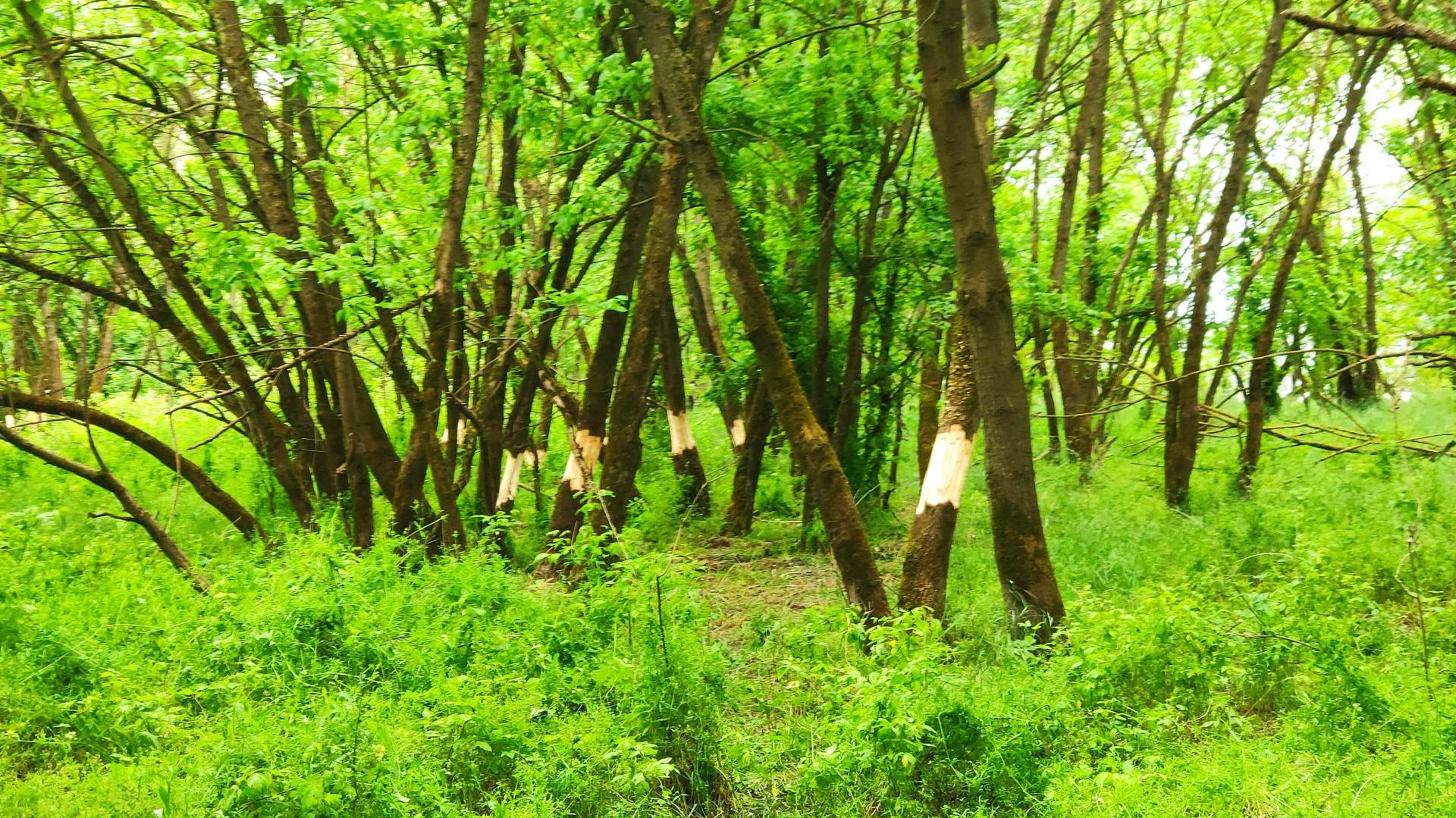As you may have already experienced along the entire Danube, in the past few weeks there were two small high-water waves starting upstream, which also affected the WILDisland project sites.
High-water level and water dynamic most certainly positively impact floodplain ecosystems, especially after the drought last year. The conditions did not stop the project activities and here what is happening for example in Duna-Drava National Park, Hungary.
Despite the fact it was not a real flood, more than half of the Debrina island was inundated. Our Hungarian colleagues launched the forest restoration activities this spring and more than 8000 seedlings of different species and various size have already been planted. Mostly Black Poplar and White Willow have been planted within the preliminary fenced area, while in some cases individual protection was used outside the fences to prevent damages caused by Red Deer. The planting has been finalized during the second flood wave, and the high water can help the growth of the young seedlings.
In case of hardwood species, such as Oak and Elm, the sowing of acorns had to be postponed until the flood passes. The wet soil surface will however provide optimal growth conditions for the acorns. On top of that, during a spring storm, a big branch of large White Willow broke off and damaged a short section of the fence, so our colleagues had to deal with an extra challenge.
Additionally, some of the old Box elder trees (Acer negundo) have been ringed as a part of controlling of invasive species.
Habitat restoration actions continue across the Danube, stay tuned…
Photo credit: Duna-Drava National Park, Hungary
For more information:
Tibor Parrag - Duna-Drava National Park: tibor.parrag@ddnp.hu





